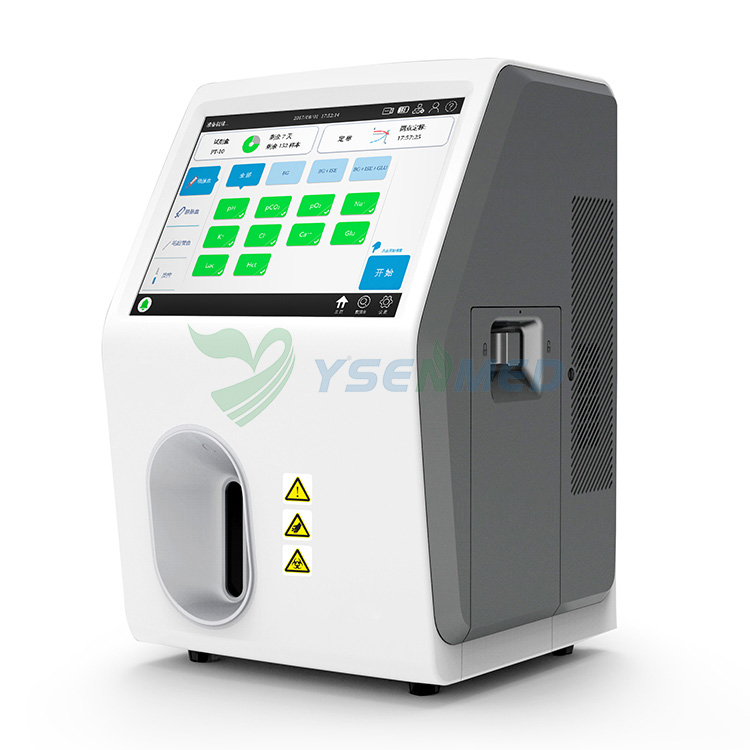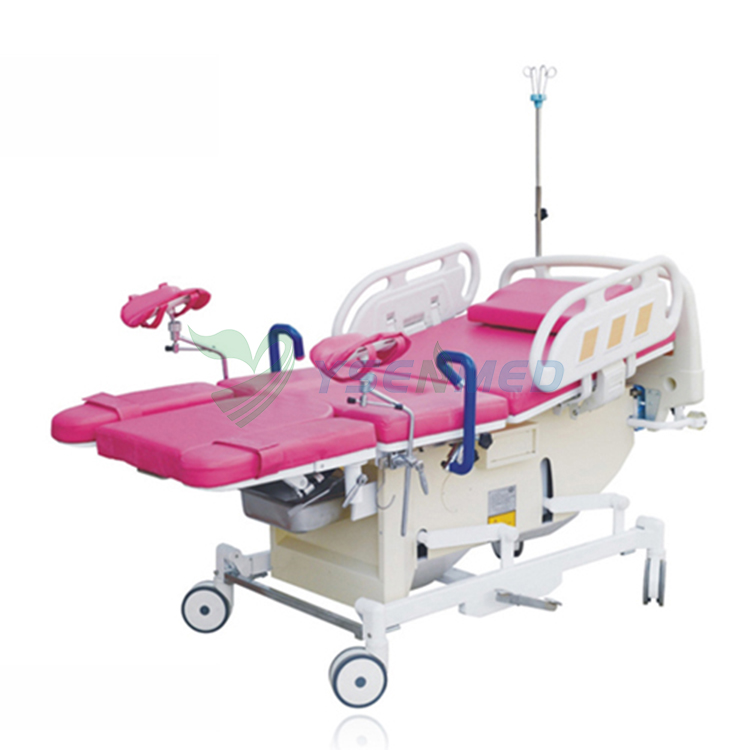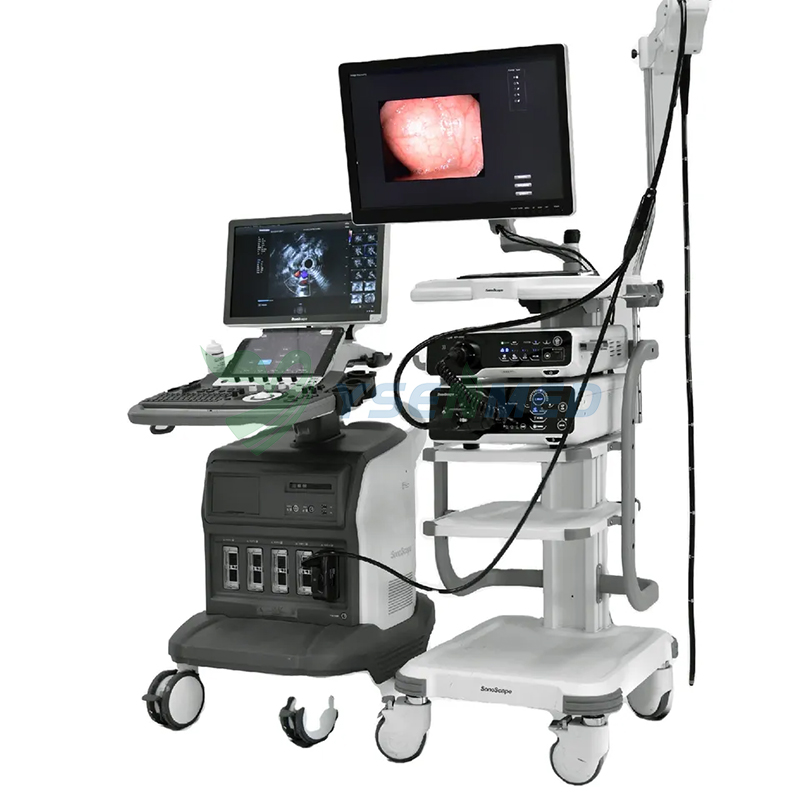Title: Enhancing Patient Outcomes: The Impact of CRRT Hemodialysis Instruments
Introduction:
Chronic kidney disease (CKD) is a significant global health concern, affecting millions of individuals worldwide and posing substantial challenges for healthcare providers. Continuous renal replacement therapy (CRRT) has emerged as a vital treatment modality for patients with acute kidney injury (AKI) or CKD, offering precise and effective removal of toxins and excess fluids from the blood. This article explores the pivotal role of
CRRT hemodialysis instruments in improving patient outcomes, elucidating their functionalities, applications, benefits, and contributions to modern healthcare.
Understanding CRRT Hemodialysis Instruments:
CRRT hemodialysis instruments are sophisticated medical devices designed to perform continuous renal replacement therapy, a form of extracorporeal blood purification that mimics the physiological function of the kidneys. These instruments utilize a combination of filtration, diffusion, and convection techniques to remove metabolic waste products, electrolytes, and fluid from the bloodstream, restoring metabolic balance and optimizing fluid status in critically ill patients with renal dysfunction.
Functionalities and Components:
Filtration System: CRRT hemodialysis instruments feature advanced filtration systems comprising semi-permeable membranes or filters that selectively remove solutes and water molecules from the patient's blood based on size and molecular weight. The filtration system plays a crucial role in eliminating uremic toxins, metabolic byproducts, and excess electrolytes while maintaining essential solutes and circulating blood volume.
Dialysis Circuit: The dialysis circuit of CRRT instruments consists of tubing, connectors, and disposable dialysis filters or cartridges that facilitate the passage of blood through the extracorporeal circuit. Blood flow rates, dialysate flow rates, and ultrafiltration rates can be adjusted to achieve optimal solute clearance and fluid balance according to the patient's clinical status and renal replacement therapy goals.
Hemofiltration and Hemodiafiltration Modes: CRRT hemodialysis instruments offer different modes of therapy, including hemofiltration and hemodiafiltration, which utilize convective clearance mechanisms to remove solutes and fluids from the bloodstream. Hemofiltration involves the ultrafiltration of plasma water across the filter membrane, while hemodiafiltration combines both diffusive and convective clearance for enhanced solute removal.
Hemodialysis Solution Preparation: CRRT instruments are equipped with systems for the preparation and delivery of dialysis solutions or replacement fluids used during renal replacement therapy. These systems ensure accurate mixing of electrolyte solutions, sterile filtration, and temperature control to prevent electrolyte imbalances, hypotension, and other complications associated with fluid management.
Continuous Monitoring and Control: Modern CRRT hemodialysis instruments feature integrated monitoring and control systems that allow healthcare providers to monitor key parameters such as blood flow, ultrafiltration rate, arterial and venous pressures, electrolyte concentrations, and filtration efficiency in real-time. Advanced algorithms and safety features provide automated adjustments and alarms to ensure optimal therapy delivery and patient safety.
Applications Across Clinical Settings:
Intensive Care Units (ICUs): CRRT hemodialysis instruments are extensively utilized in ICUs for the management of critically ill patients with AKI, sepsis, acute kidney injury, or multi-organ dysfunction syndrome. Continuous renal replacement therapy provides hemodynamic stability, fluid balance control, and metabolic correction in patients with renal failure or hemodynamic instability.
Cardiac Surgery and Cardiovascular ICUs: Patients undergoing cardiac surgery or experiencing cardiovascular emergencies may develop acute kidney injury or require hemodynamic support following surgery. CRRT hemodialysis instruments are employed in cardiac surgery ICUs and cardiovascular ICUs to optimize fluid management, prevent fluid overload, and improve outcomes in high-risk patients.
Pediatric Intensive Care Units (PICUs): Children with severe sepsis, congenital heart disease, or acute kidney injury may require renal replacement therapy in PICUs to maintain fluid and electrolyte balance and prevent complications associated with renal dysfunction. CRRT hemodialysis instruments tailored for pediatric patients offer precise control and gentle therapy delivery, ensuring optimal outcomes in critically ill children.
Oncology and Bone Marrow Transplant Units: Cancer patients undergoing chemotherapy, radiation therapy, or hematopoietic stem cell transplantation are at risk of developing acute kidney injury or tumor lysis syndrome, necessitating renal replacement therapy for metabolic support and fluid management. CRRT hemodialysis instruments play a crucial role in oncology and bone marrow transplant units by providing continuous renal support and mitigating treatment-related complications.
Emergency Departments and Trauma Centers: Critically ill patients presenting to emergency departments or trauma centers with acute renal failure, septic shock, or multi-organ dysfunction may require urgent initiation of renal replacement therapy to stabilize hemodynamics and prevent further organ damage. CRRT hemodialysis instruments enable rapid deployment of continuous renal support in emergency settings, improving survival rates and organ recovery in severely ill patients.
Benefits and Advantages:
Hemodynamic Stability: CRRT hemodialysis instruments offer continuous and gradual removal of fluid and solutes from the bloodstream, minimizing hemodynamic fluctuations and preserving cardiovascular stability in critically ill patients with renal dysfunction or fluid overload.
Metabolic Control: Continuous renal replacement therapy allows for precise control of electrolyte concentrations, acid-base balance, and fluid status, facilitating metabolic correction and preventing electrolyte disturbances in patients with renal failure or metabolic derangements.
Reduced Complications: By providing gentle and continuous renal support, CRRT hemodialysis instruments reduce the risk of complications associated with intermittent hemodialysis, such as hemodynamic instability, access-related complications, and dialysis disequilibrium syndrome, leading to improved patient tolerance and treatment adherence.
Customizable Therapy: CRRT hemodialysis instruments offer customizable therapy options, allowing healthcare providers to tailor treatment parameters such as ultrafiltration rate, dialysate composition, and anticoagulation strategy to individual patient needs and clinical requirements, optimizing therapy efficacy and patient outcomes.
Seamless Integration with ICU Workflow: Integrated monitoring, alarm systems, and data management capabilities enable seamless integration of CRRT hemodialysis instruments into ICU workflows, facilitating real-time monitoring, documentation, and communication of patient data among multidisciplinary healthcare teams, ensuring coordinated and timely care delivery.
Advancements and Innovations:
Citrate Anticoagulation: Citrate anticoagulation protocols have been developed for CRRT hemodialysis instruments to mitigate the risk of circuit clotting and bleeding complications associated with systemic heparinization. Citrate-based anticoagulation strategies offer effective circuit preservation and extended filter longevity, reducing the need for frequent circuit changes and enhancing therapy continuity in critically ill patients.
Online Clearance Monitoring: Advanced CRRT hemodialysis instruments incorporate online clearance monitoring systems that allow for real-time assessment of solute clearance efficiency during therapy. Online clearance monitoring enables healthcare providers to optimize treatment parameters and adjust therapy settings based on individual patient responses, ensuring optimal clearance of uremic toxins and metabolic waste products.
Biomarker Monitoring: Emerging biomarker monitoring technologies are being integrated into
CRRT hemodialysis instruments for real-time assessment of renal function, inflammation, and organ injury biomarkers in critically ill patients. Biomarker-guided therapy optimization enables early detection of renal recovery, identification of treatment responders, and prediction of clinical outcomes, facilitating personalized and targeted therapy strategies in the ICU setting.
Wearable CRRT Devices: Miniaturized and wearable CRRT hemodialysis devices are under development to provide ambulatory renal replacement therapy for patients with chronic kidney disease or end-stage renal disease. Wearable CRRT devices offer portability




